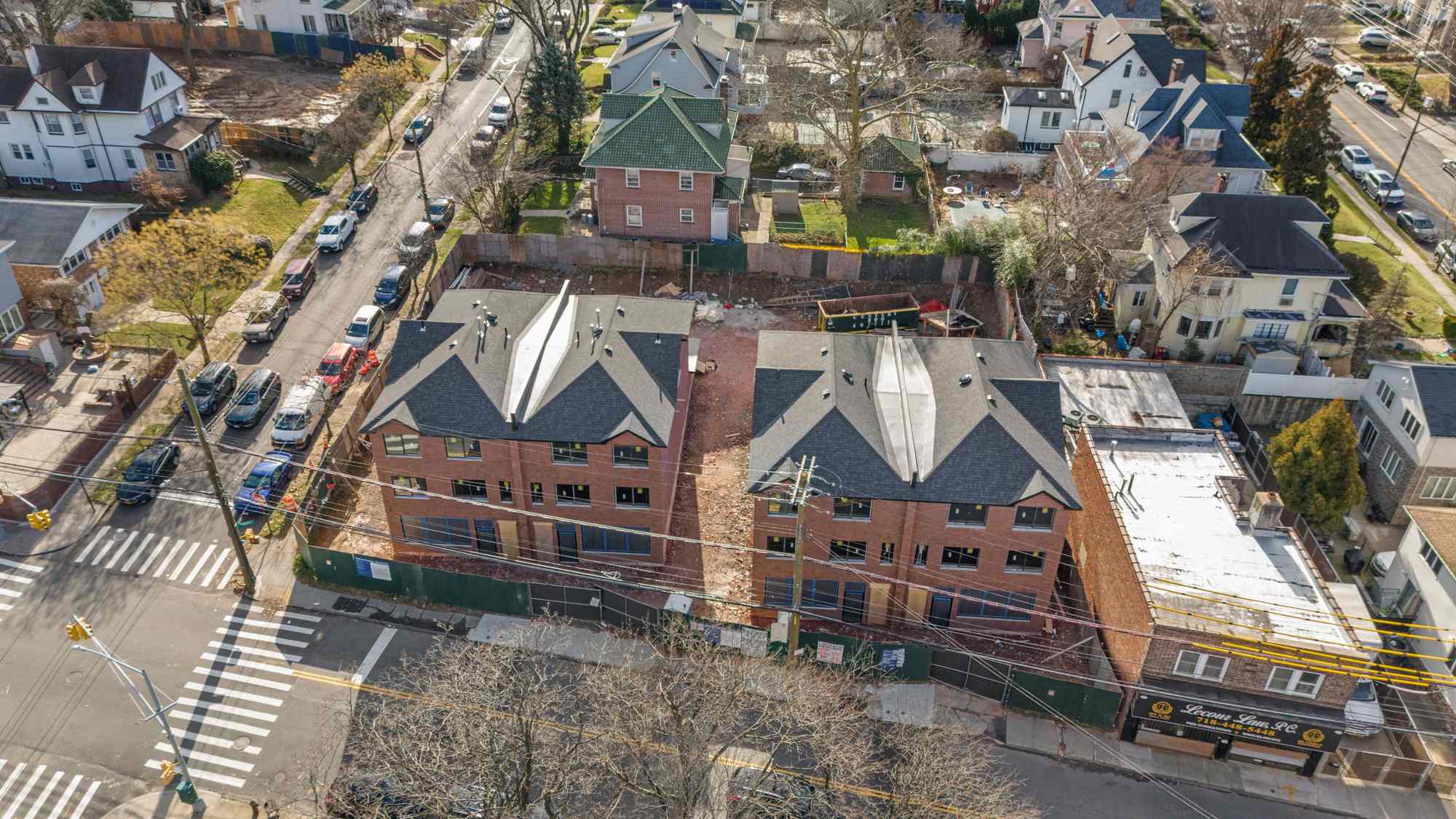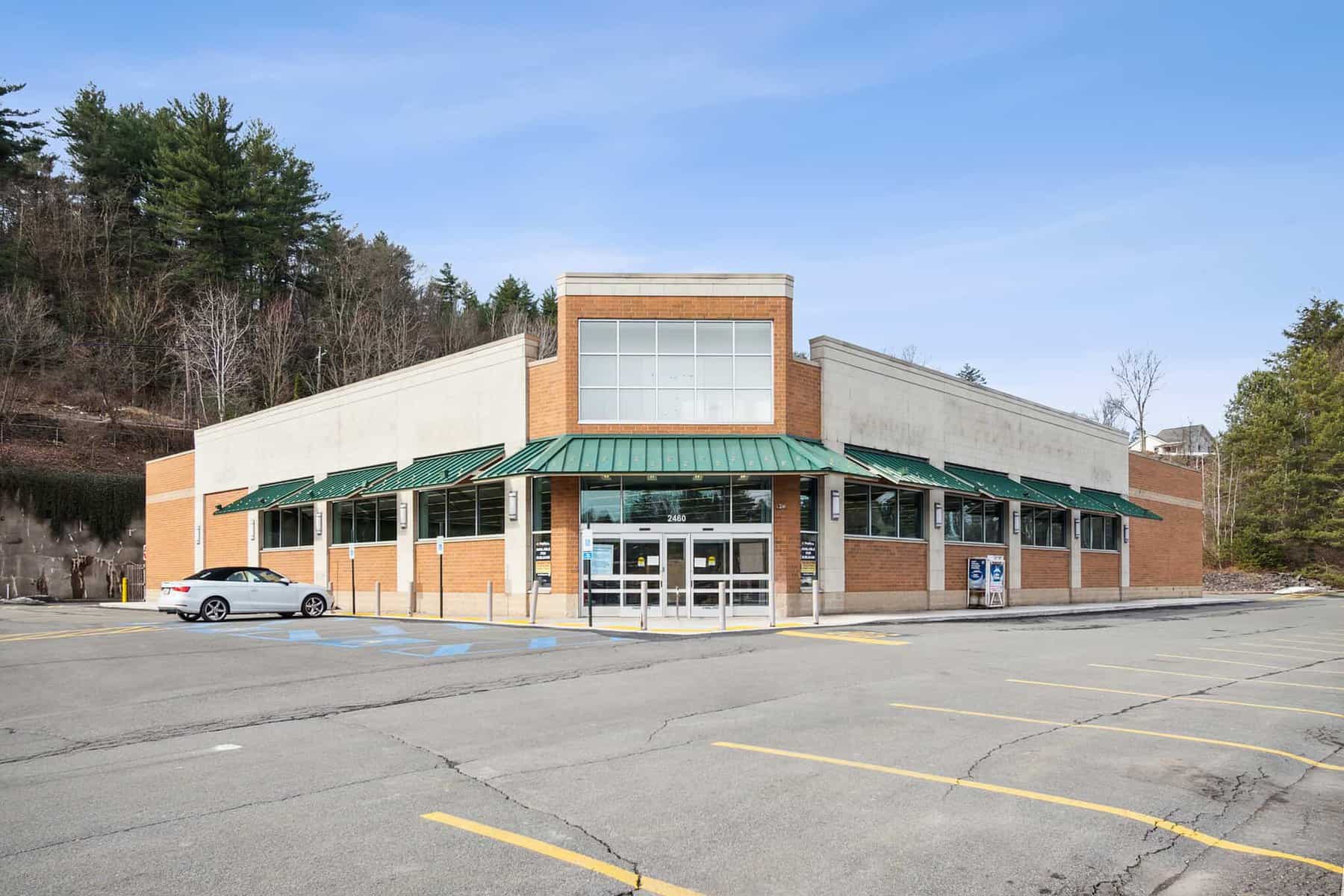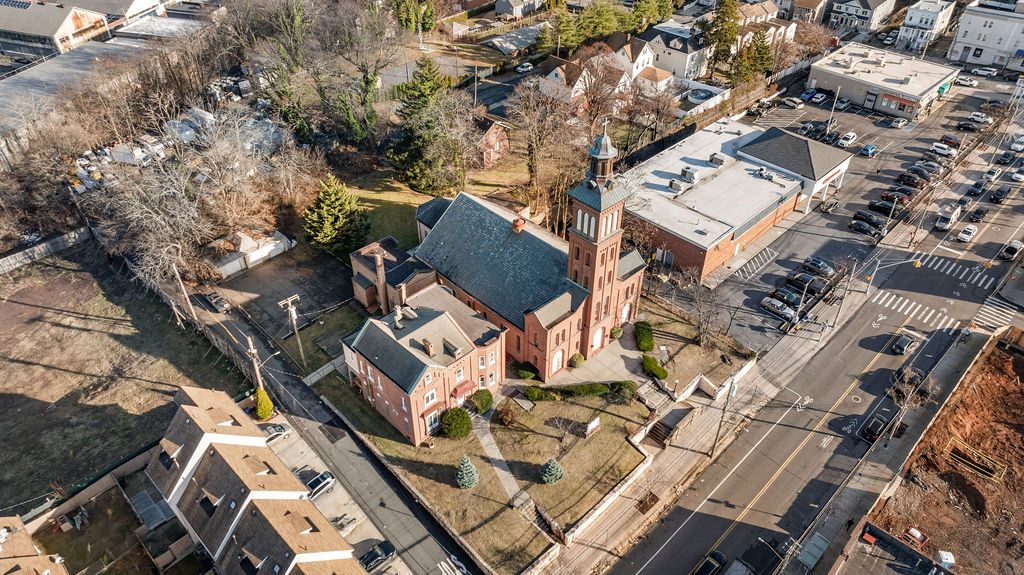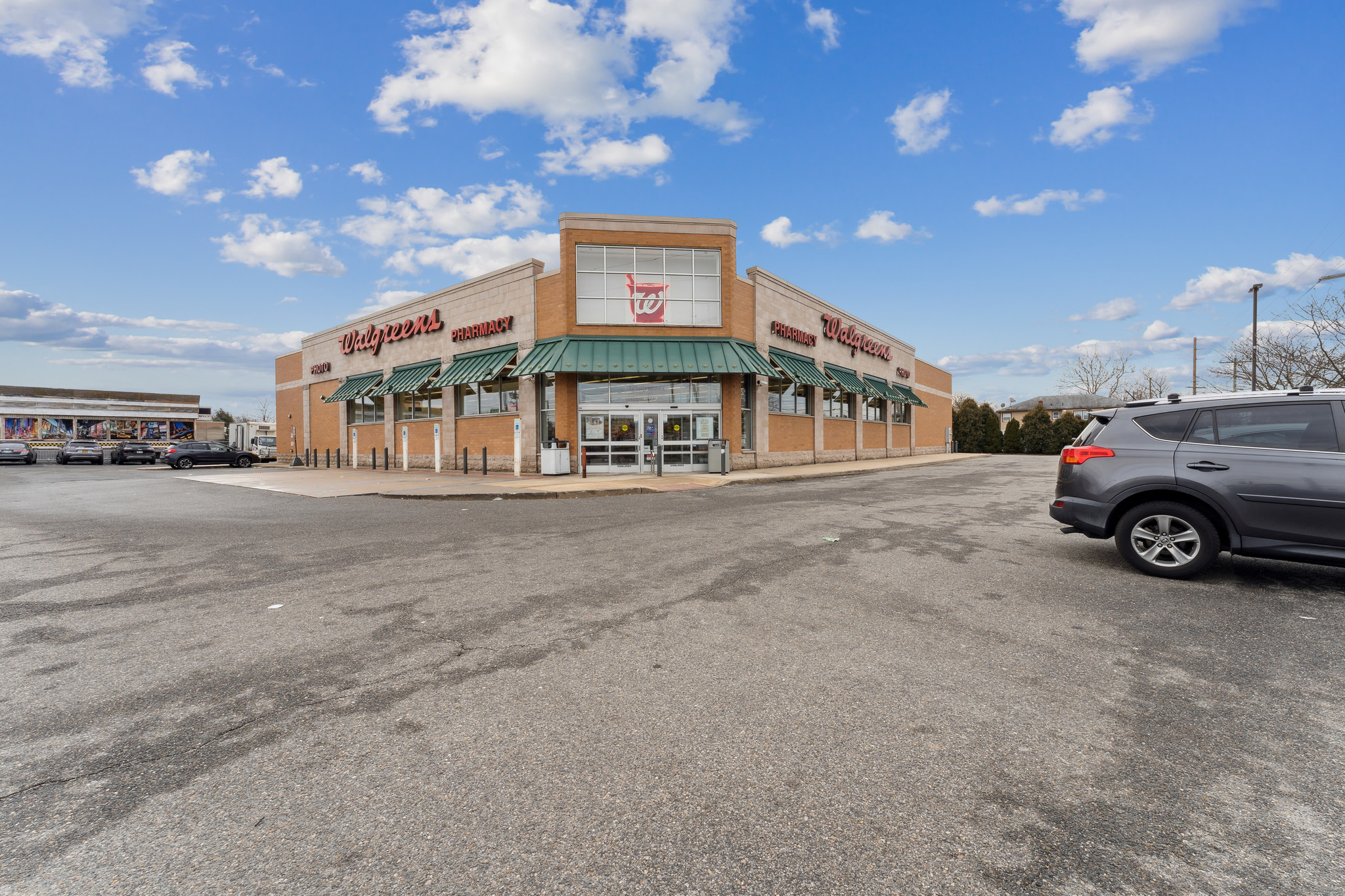Start by Assessing Conditions
Assess the soil conditions before bringing any heavy equipment onto the site. If the ground isn’t level, the soil is unstable, the site is unable to drain properly, or there is excessive ground vegetation these factors can all influence whether additional steps will need to be taken to accommodate heavy equipment.
If excessive vegetation is the problem, start by removing it. If the soil conditions or uneven ground are creating an unstable base for construction equipment, visit spartanmat.com to purchase construction mats. These mats can handle a lot of pressure without losing their rigidity and can withstand substantial moisture and other adverse conditions.
Place construction mats over marshes, mud, sand, or wetlands to avoid damage to equipment and the surrounding environment. Specialized construction mats can also make it possible to transport heavy equipment over buried utility lines without the risk of damage.
Choose the Right Mats
Construction mats come in a variety of materials, thicknesses, lengths, and widths. Some are designed for use in bogs, while others are used to bridge small ditches. Small construction firms that are concerned about the cost of purchasing construction mats can always rent them before beginning the job, so err on the side of caution and buy or rent thicker and larger mats than necessary over forgoing them.
Most construction firms use timber construction mats not just to create a stable base for construction equipment on-site but also to facilitate bringing the equipment in and out of the site. They can be used to bridge streams and ditches and cross uneven terrain in addition to stabilizing wet, sandy, or otherwise compromised soils. When conditions are exceptionally wet, it may be necessary to use composite or laminated mats instead of traditional timber mats.
Exercise Caution When Digging Trenches
Construction mats are perfect for covering existing ditches but it’s still important to follow OSHA standards and use common sense when digging trenches on construction sites. Trenching can affect the soil stability in nearby areas, so move any heavy equipment before beginning a trenching project or take additional steps to stabilize the trench to avoid equipment loss and worker injury.
There are several ways to shore up potentially unstable trenches to prevent cave-ins and protect nearby machinery. They include sloping and benching, shield systems, and other ground support systems. In most cases, a registered engineer must design and approve a stabilization system for trenches during commercial construction jobs.
The Bottom Line
Heavy equipment should never be brought on-site before a site and soil evaluation. Construction firms with all the right equipment may be able to excavate or compact unstable topsoil, but most of the time it’s more affordable and efficient to purchase or rent specialized construction mats either instead of or in addition to performing this preparatory work.







Leave a Comment